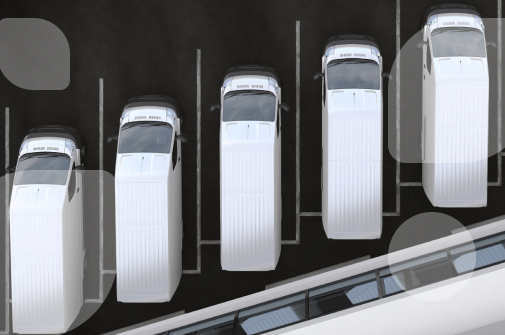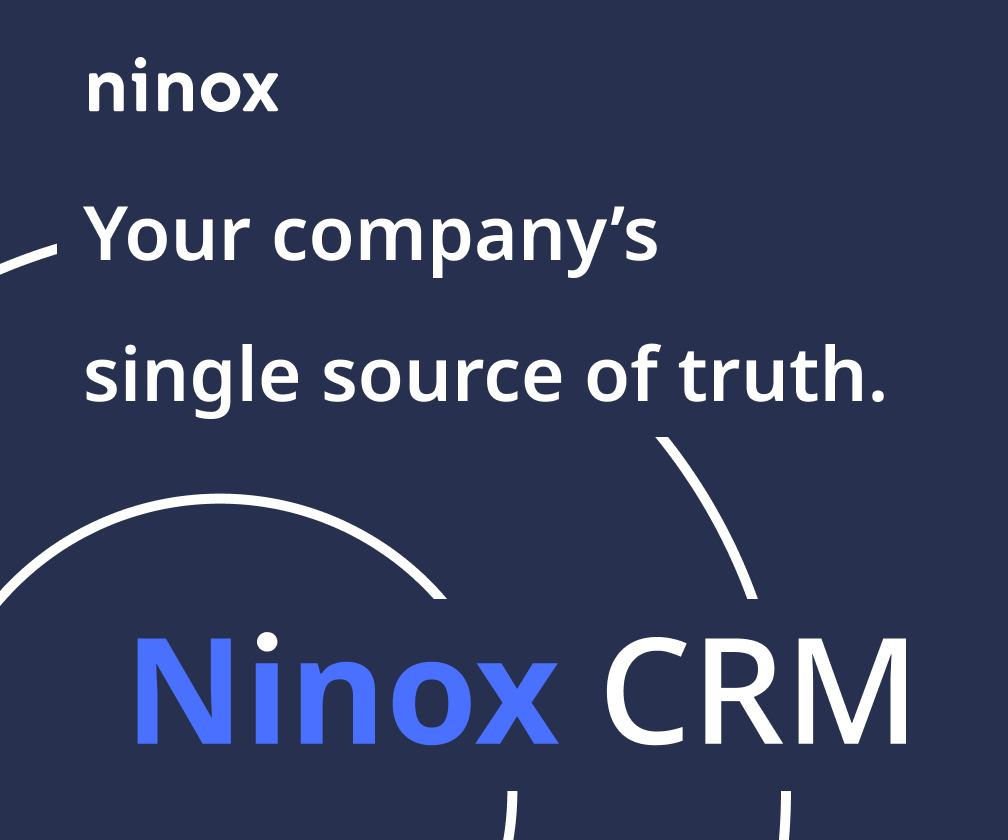What is the order-to-cash-process?

Order-to-cash, Quote-to-cash, Purchase-to-pay... there are many different names for the task and process, that occur in companies after a customer has placed an order. In this blog post we will focus on the steps from the customer order to the receipt of payment, that is the order-to-cash process. We will explain its importance in companies and draw a comparison to similar processes. In this context, we will also discuss the benefits of automation.
What is the order-to-cash-process?
The order to cash process (shortened to: O2C) is an essential business process and a fundamental part of the sales process. The individual steps in the O2C process are:
- Ordering: the process begins when a customer places an order. This can be done online, by phone, or by other methods.
- Order processing: once the order is received, it is processed and checked to see if the desired products are available.
- Shipping: If the products are in stock, they are prepared for shipping and sent to the customer.
- Invoicing: After shipment, the customer receives an invoice for the ordered goods or services.
- Accounts Receivable Check: A check is made on the customer's ability to pay in order to avoid non-payment.
- Receipt of payment: The customer settles the invoice and the payment is posted.
- Reporting: The entire process is documented and analyzed to identify optimization potential.
Why is O2C important for businesses?
The order-to-cash process is of immense importance to companies, as it encompasses all processes from the receipt of an order to the receipt of payment. The complexity of this process cannot be underestimated, as it affects the entire order management of a company and involves various departments such as sales, logistics and finance.
A smooth O2C process contributes significantly to a successful business transaction and smooth logistics, while also influencing customer satisfaction. A seamless ordering process also increases the chance that customers will purchase from a company again and thus become loyal in the long term. The efficiency of the O2C process is therefore a decisive factor for the success and growth of a company.
Difference Order-to-Cash Process vs. Purchase-to-Pay
It is important to understand the difference between the Order-to-Cash process and the Purchase-to-Pay process. While the O2C process covers the entire process from purchase order to payment, the purchase-to-pay process describes a company's purchasing process from purchase order to payment to the supplier. Both processes are essential, but they relate to different areas of the business process.
Difference Order-to-Cash Process vs.Quote-to-Cash
The difference between the order-to-cash-process (O2C) and the Quote-to-cash-process (Q2C) lies in the different phases and targets, that they cover.
The focus of O2C here is on processing an order that has already been placed and fulfilling customer demand. The Q2C process, on the other hand, describes the process from quotation (quote) to payment (cash). It is also an end-to-end process, but it starts at an early stage of the sales process. The Q2C process includes steps such as quote configuration and preparation, pricing, negotiation with the customer, conversion of the quote into an order (order acceptance), and finally the usual O2C process up to confirmation of receipt of payment. The Q2C process is therefore more frequently used in the B2B context.
The Automatisation of the O2C Process
The automatisation of the order-to-cash-process (O2C) can be drastically improved by the use of suitable software solutions. These include enterprise resource planning (ERP) and customer relationship management (CRM).
ERP-System for seamless integration
An ERP system functions as a central database for different business processes, encluding order processing, inventory management, financial accounting and logistics. By implementing an ERP system, various O2C process steps can be seamlessly linked and automated.
- Order acceptance: When customers place an order, it is automatically recorded in the ERP system and forwarded to the appropriate departments.
- Order processing: The ERP system processes the order and automatically assigns it to the right departments to prepare the order and arrange shipping.
- Invoicing: the ERP system automatically generates the invoices based on the completed orders and sends them electronically or physically to the customers.
- Accounts Receivable Checking: the ERP system can have built-in credit checking mechanisms to verify customers' ability to pay and set payment terms accordingly.
- Receipt of payment: When customers settle their invoices, the payment is recorded in the ERP system and the order status is updated accordingly.
CRM system for improved customer communication
A CRM system is used to manage customer information and optimize communication with customers. By integrating CRM and ERP, companies can further improve the O2C process:
- Customer communication: the CRM system enables the storage of customer information, past interactions and preferences to ensure personalized communication. For example, the CRM system can automatically send reminders to customers for shipping or payment receipts.
- Customer service: the CRM system allows customer service representatives to access all relevant data and the status of orders so they can respond to customer inquiries quickly and accurately.
- Cross-selling and up-selling: through the CRM system, companies can identify upselling and cross-selling opportunities and automatically send relevant quotes to customers, which can increase sales.
- Customer retention: A well-managed CRM system enables continuous maintenance of customer relationships and helps retain regular customers and build long-term customer loyalty.
The advantage of automatisation
Manual processing of tasks and transactions in the order-to-cash process is time-consuming and prone to errors. In contrast, automation offers numerous advantages for companies:
- Increased efficiency: Automation reduces manual tasks, resulting in faster processing and lower margins for error.
- Cost savings: Automation can lead to cost savings as less personnel are needed for repetitive tasks.
- Real-time information: Automated systems provide real-time data and analytics that enable companies to make informed decisions.
- Better customer experience: an automated O2C process ensures faster and more accurate order processing, which positively impacts the customer experience.
The order-to-cash process is a complex business flow that covers multiple steps and operations from order to payment reconciliation and is of great importance to businesses. The efficiency of this process not only affects business success, but also customer satisfaction. Automating the O2C process is an important step for companies that want to optimize their operations and increase their competitiveness.






